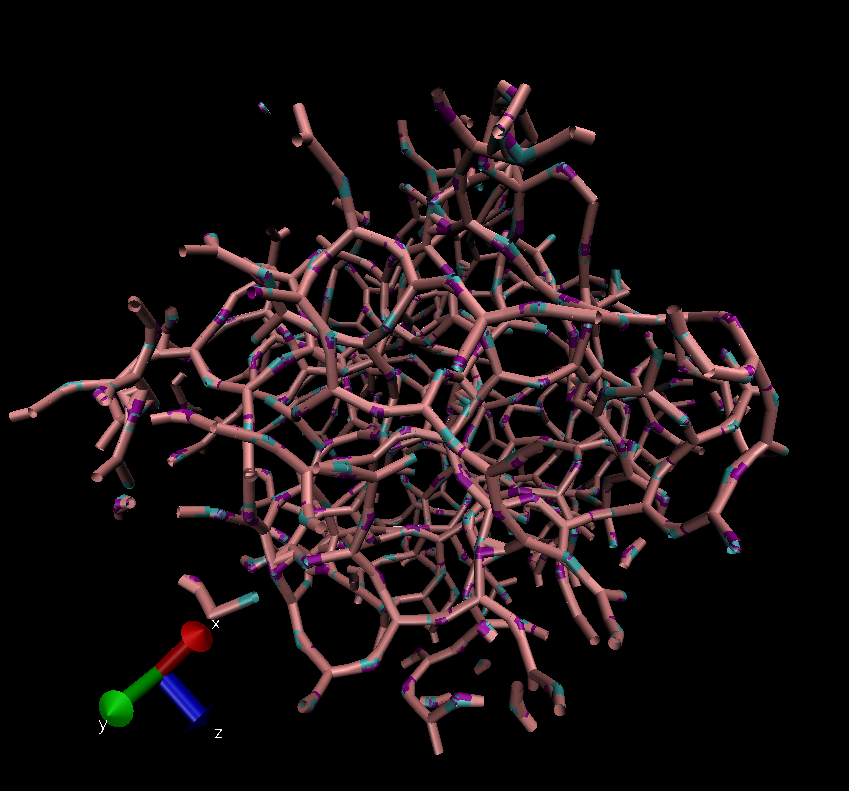DNA is something more than a code for life. It can become a programmable macromolecule, with precise control at the molecular level, and therefore act as a smart building block for a bulk material. I am developing this new type of bulk material, known as “DNA hydrogels”, which can serve as a framework for recognizing some tiny stuff, by tethering the right DNA strands to the provided framework.
We have made a simple model of DNA hydrogels with Y-shaped DNA complexes as the building block. The Y-shaped DNA is formed by three short single-stranded DNA (within 20 nm) that are partially complementary to each other. The forming process happens spontaneously when the temperature is lowered down, and can form a structure as precisely as designed due to the highly specific Watson-Crick pairing (A-T and C-G bases of DNA). The small building blocks serve as “monomers” that can form a network, which is bridged by another type of single-stranded DNA called “sticky ends”. The frequency-dependent viscoelastic properties of the network also change with temperature, providing a crucial way to characterize the material. Understanding the mechanical properties, e.g. viscosity and elasticity, of the material offers guidance to the future design of such hydrogels, which can be adapted for sensing molecules such as proteins and genomes. In the long term, these hydrogels can be used in an extensive range of areas such as drug delivery, tissue engineering and bio-sensing.
Zhongyang Xing
NanoDTC PhD Associate 2016

